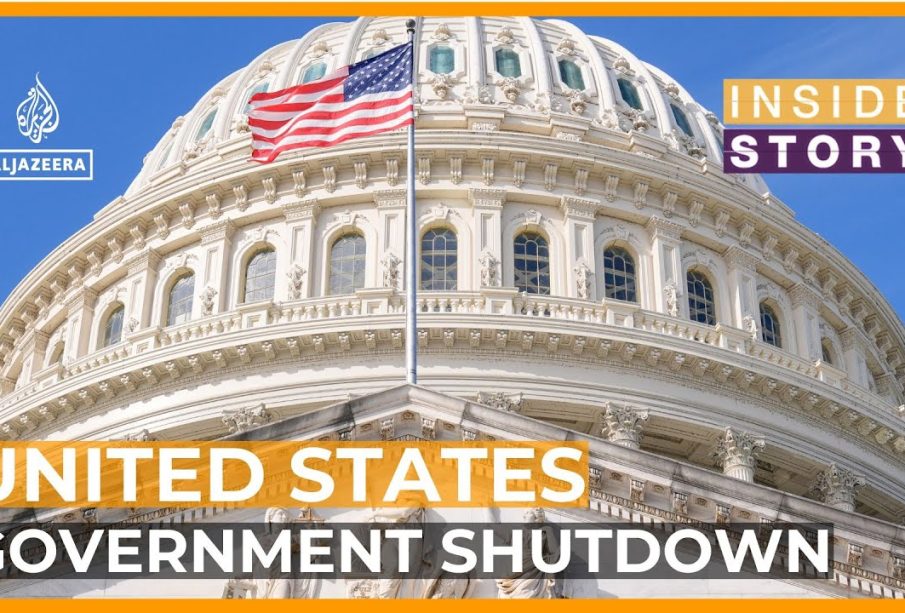Understanding the US Government Shutdown: Impacts and Insights

Introduction
The impending threat of a US government shutdown has significant implications for millions of citizens and various sectors of the economy. A government shutdown occurs when Congress fails to pass appropriation bills, leading to a halt in federal government operations. This situation not only disrupts the livelihoods of federal employees but also affects numerous services that the public relies upon, such as social security, health care, and national parks.
Recent Events and Current Status
As of late September 2023, lawmakers find themselves in a precarious position as the deadline to pass budgetary measures approaches. The current deadlock in Congress centers around disagreements on government spending and fiscal policy priorities, leading to heightened discussions on funding allocations for critical programs. Recent polls indicate that a majority of Americans are concerned about the potential shutdown, with many expressing fear about its impact on their daily lives and the economy.
Key government agencies, including the IRS and Department of Education, have prepared contingency plans that outline how operations would be affected. Federal workers are advised to prepare for potential furloughs, while many programs that depend on federal funding could face suspensions. Historically, government shutdowns have resulted in thousands of employees being sent home and delayed essential public services, which amplifies public concern.
Consequences of a Government Shutdown
The ramifications of a government shutdown are extensive. Federal employees, amounting to approximately 2 million across various sectors, may experience unpaid leave, resulting in financial strain. Furthermore, government contractors—those who provide services to federal agencies—will likely face disrupted projects and payment delays.
Additionally, a shutdown can harm the economy. Analysis from past shutdowns has shown a negative impact on GDP growth, particularly in sectors dependent on consumer confidence and government contracts. Public services including national parks, museums, and federal offices may also close, further hindering the economy.
Conclusion
The possibility of a US government shutdown looms large, with potential consequences that extend beyond federal employees to affect citizens and the economy at large. As discussions continue in Congress, the importance of bipartisanship and compromise cannot be overstated. The outcome of these negotiations will not only determine the stability of government operations but will also have lasting impacts on public trust and economic prosperity. As the deadline approaches, all eyes are on Washington to see if lawmakers can resolve their differences and avert yet another governmental crisis.









